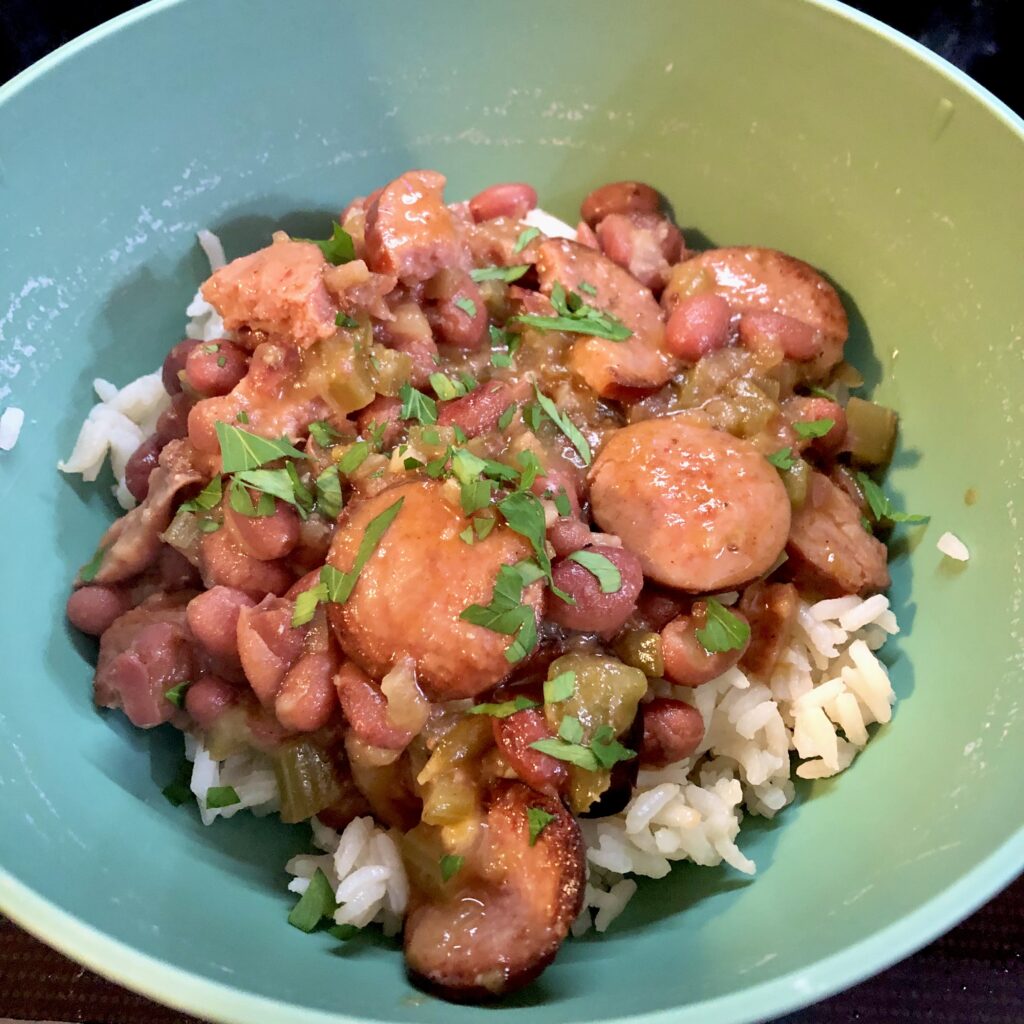… always there when you need them and they never let you down.
Telling someone how to cook something isn’t always straightforward, and writing it down is even less so. As it is with teaching any skilled activity, it’s easy to leave out rudimentary pieces of information because one has long-passed the beginner stages of learning. Recipes are like this. People who have been cooking all their lives can forget to mention things like making sure your pan is the right temperature before you start cooking or what your sauce ingredients should look like once they are properly emulsified. While thoroughness isn’t the only benchmark of a good recipe, it is vitally important.
My experiences using recipes when I first started cooking are still very fresh. There were many times I was frustrated with the results of a recipe, despite following the instructions as closely as I could. Obviously, some of this was just due to my lack of experience in the kitchen but I would come to learn that not all recipes are created equally, and that precision and organization are crucial to a home cook’s success.
I’m going to talk about a dish I’ve made several times but have never shared online. It somehow made its way out of the rotation in my kitchen. I was grabbing groceries a couple weeks ago, saw canned red beans were on sale, and it was like a revelation. The distinct aroma of the Cajun mirepoix (or holy trinity), the spices, the sausage, all rushed to my memory like an old friend. I’m going to use this as an example to talk about what makes a recipe great and how I use this one at home.
Recipe Review: Red Beans and Rice by Chungah Rhee on Damn Delicious
Many recipes published online begin with “fluff.” This section can be anything from a long narrative about the author’s experience with the recipe, their connection with it, to a simple description of the dish. Often derided, this section can be a bit of an obstacle if you’re just trying to see the instructions quickly. As someone who loves writing and reading, though, I usually enjoy the fluff. Also, as a friend of mine once wrote, if you don’t like it, go buy a cookbook. This recipe doesn’t have a long introduction. It does include some tips for making the dish but those are replicated in the cooking instructions, so nothing is missed.
The ingredient list is specific and the measurements are precise. There are no hard-to-find ingredients and it requires no expensive or niche equipment to make the dish- since this site is aimed at home cooking (like most recipe sites), those are nice amenities. And, most importantly, nothing is left out, meaning there are no ingredients used in the instructions that are MIA for the ingredient list. If you’ve ever meticulously prepared your mise en place and then, during the choreography of making sure your finnicky sides complete their routine as your entrée makes its big entrance, find that you need another tablespoon of butter to finish the sauce, you know this pain.
The thing this recipe does superbly is it gives you the result you’re looking for in each step. Stovetops and ovens are fickle beasts, all temperamental in their own ways, making cook times incredibly variable from household to household (or even from burner to burner). This recipe gives a time range for each step but also tells you the goal of that step: “… until… lightly browned,” “… until softened,” “… until fragrant.” Each very brief description makes this recipe truly funcitonal, allowing even a very inexperienced cook to succeed.
While all of that is vitally important, what really makes this recipe work? Technique!
Building flavor is the name of the game in stews and other simmered dishes like this one. Generally, you start by searing the meat you’re using, in this case the sausage. The dark, textured bits left in the pan after you sear the meat is literally concentrated flavor. You infuse the vegetables with that flavor by cooking them in those deposits, then take that combined flavor and layer it into the broth and beans. Once everything is combined, simmering with the lid on continues to meld all the ingredients and seasonings; then, simmering with the lid off allows the liquid to reduce and intensify all the beautifully built flavors. Everything works together from the very beginning of this dish to maximize the smoky richness of the final product.
I love this dish and, like I said at the top, I’ve made it quite a few times. Its perfect exactly like it is on the page but this is how I made it most recently.

First, I used jasmine rice, but I’ve used basmati in the past and they’re both great. And I always use chicken broth in lieu of water when making rice because I like the flavor boost. My two young children are spicy-food adverse, so I generally leave out the hot sauce and use a milder sausage (kielbasa or something like that). If you have kids that don’t like spicy food (or if you don’t like spicy food), don’t shy away from this dish- these changes take the heat out but still leave you with a tremendously tasty entrée. In place of the Cajun seasoning*, I decided to sub in Uncle Trevor’s BBQ spice mix by @untrevor and it worked wonderfully.
This dish is incredible. The rice, vibrant on its own, just drinks up the liquid, infusing itself with even more bold flavor, and providing a nice textural element. If you use the andouille sausage and the hot sauce, you get a very well-balanced level of heat mixed in with the rich, hearty broth.
A small collection of simple ingredients, a few easy steps, and some simmering yields an indispensable weeknight meal that you’ll make (and riff on!) over and over again.
Check it out and enjoy!
* I recognize taking out the spicy sausage AND the hot sauce AND the Cajun seasoning might make some people want to get mad and tell me that it’s not a Cajun dish anymore. I’ve made it with all of those things before and its amazing but I like it when my kids are willing to eat dinner, so gimme a break
